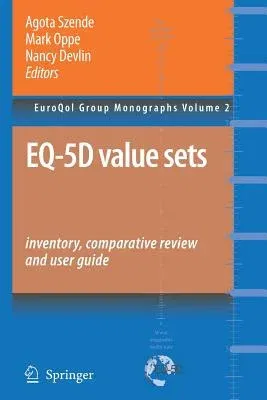Rosalind Rabin, Frank de Charro, Agota Szende 1.1 Purpose of this
booklet Governments and healthcare funders worldwide are making
increasing use of economic evaluation to inform priority setting in
health care. For various reasons, cost benefit analysis is usually
rejected in favour of cost-effectiveness or cost-utility analyses, often
involving the estimation of the incremental cost per Quality Adjusted
Life Year (QALY) gained (Drummond et al, 2005). The estimation of QALYs
gained requires valuations for all relevant health states on a scale
anchored at 1 = Full health and 0 = Dead. The EQ-5D is widely used in
this context and a number of value sets are available for all the health
states generated by the EQ-5D descriptive system. These can be readily
applied to health outcomes measured as EQ-5D profiles. EQ-5D has become
one of the valuation approaches recommended by several reimbursement
authorities and academic bodies in European countries (e.g. The
Netherlands, Norway, Italy, Hungary, Poland, Portugal, UK), North
America (e.g. Canada), and elsewhere (e.g. New Zealand). The EuroQol
Group frequently receives requests for advice regarding EQ-5D valuation
data. Those seeking to apply EQ-5D valuations in economic evaluation
want to know about the availability of EQ-5D value sets and how they can
obtain them. They also seek specific guidance about which of the
available value sets they should use for their purposes.

